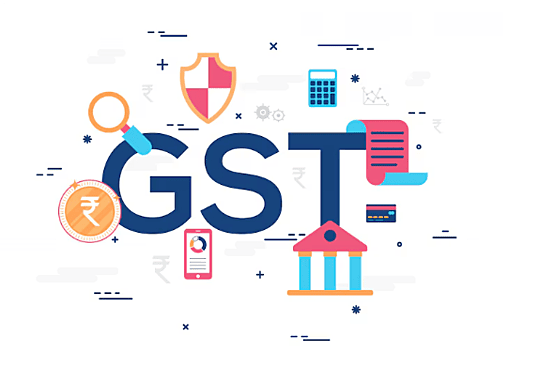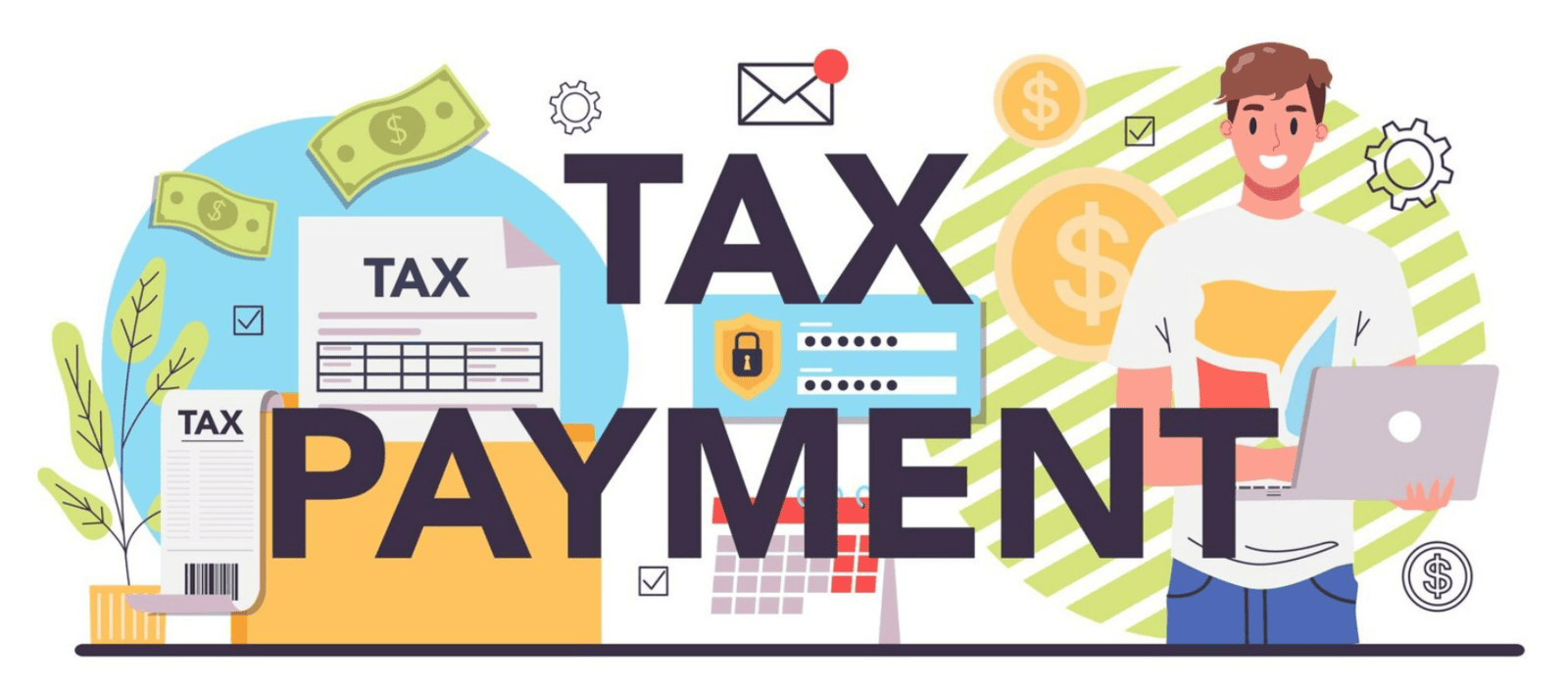
Instant GST Calculator – Calculate GST Online in Seconds
GST (Goods and Services Tax) is India's biggest tax reform, replacing multiple indirect taxes with a single, unified system. It ensures transparency, simplifies compliance, and is mandatory for most businesses.
GST Made Simple
How GST Works?
- You pay GST when you buy something.
- You collect GST when you sell something.
- You can claim back the GST you paid — this is called Input Tax Credit (ITC).
Types of GST
GST Calculator – GST on Your Tips!
No more guesswork. No more stress.
Try our GST Calculator now and get your numbers right, every time!
Taxes Replaced by GST
GST was brought in with the idea of “One Nation, One Tax”. Before GST, businesses had to deal with many different taxes from both the Central and State governments. It was confusing and time-consuming. To make things simpler, GST combined most of these taxes into one single tax.
Here are some taxes that GST replaced:
| Central Taxes | State Taxes |
|
|
GST Rates in India
- 0% – Essential goods (e.g., fresh vegetables, milk, rice)
- 5% – Daily essentials, transport services, medicines
- 12% – Processed foods, business services
- 18% – Electronics, financial services, restaurants
- 28% – Luxury goods, automobiles, premium items
Latest Update: GST Reform (Effective Sept 22, 2025)
- 5% → Essentials (food items, kitchenware, medicines, insurance)
- 18% → General goods and services
- 40% → Luxury and sin goods (tobacco, high-end cars, alcohol substitutes)
Filing GST Returns – Don’t Panic!
You file returns to report your sales, purchases, and tax paid.
- Monthly: GSTR-1 & GSTR-3B
- Quarterly: (if eligible)
- Annual return: GSTR-9
📌 Tip: Use Zoho Books or ask a CA. We’ll help you how step-by-step to ease your GST filing!
FAQ


